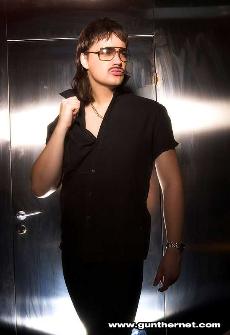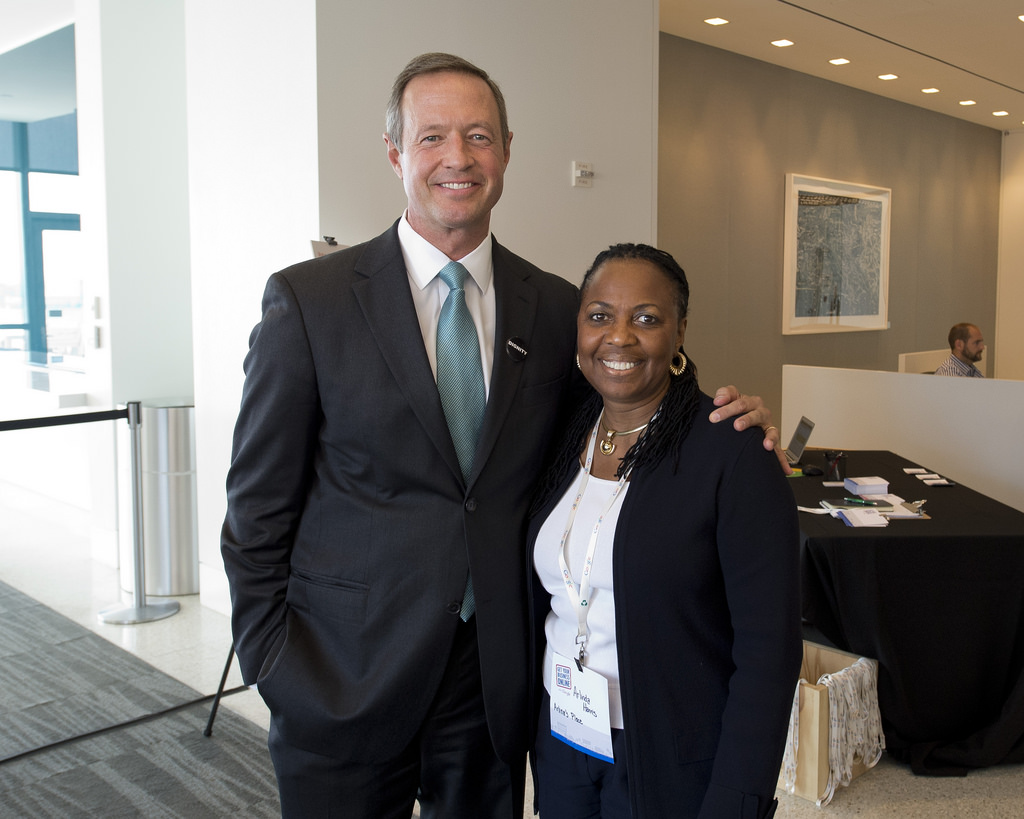John Cage Jr. (1912 – 1992) was a lot of things: composer, philosopher, poet, printmaker, amateur mycologist; but he was also a pioneer of chance music, electronic music and non-standard use of musical instruments. Some of his more odd performances are Water Walk and 4’33” (it’s 4 minutes 33 seconds of silence).

Cage created chance music out of the influences of Zen Buddhism, Indian philosophy, and the I Ching. Also called Aleatoric music, it involves compositions where some element or detail is left to chance, and/or some primary element of a composed work’s realization is left to the determination of its performer. In a 1957 lecture, Experimental Music, he described music as “a purposeless play” which is “an affirmation of life – not an attempt to bring order out of chaos nor to suggest improvements in creation, but simply a way of waking up to the very life we’re living.”
When I hear what we call music, it seems to me that someone is talking. And talking about his feelings, or about his ideas of relationships. But when I hear traffic, the sound of traffic—”here on Sixth Avenue, for instance—I don’t have the feeling that anyone is talking. I have the feeling that sound is acting. And I love the activity of sound… I don’t need sound to talk to me.
Cage is perhaps best known for his 1952 composition 4'33" , the three movements of which are performed without a single note being played. The content of the composition is meant to be perceived as the sounds of the environment that the listeners hear while it is performed, rather than merely as four minutes and thirty three seconds of silence. The piece became one of the most controversial compositions of the twentieth century.
Another famous creation of Cage’s is the prepared piano (a piano with its sound altered by placing various objects in the strings), for which he wrote numerous dance-related works and a few concert pieces, the best known of which is Sonatas and Interludes.
Here is Cage performing Water Walk on TV show I’ve Got A Secret in 1960, where he whispers to the host:
I am going to perform one of my musical compositions. The instruments I will use are: a water pitcher, an iron pipe, a goose call, a bottle of wine, an electric mixer, a whistle, a sprinkling can, ice cubes, 2 cymbals, a mechanical fish, a quail call, a rubber duck, a tape recorder, a vase of roses, a seltzer siphon, 5 radios, a bathtub, and a grand piano.
The first pieces composed using chance were Imaginary Landscape No. 4 for 12 radio receivers, interpreted here by students of Hunter College.
In 1952–53 he completed the Williams Mix, a piece of tape music, which Earle Brown helped to put together.
Cage’s “Experimental Composition” classes at The New School have become legendary as an American source of Fluxus, an international network of artists, composers, and designers. Cage’s “happenings” were theatrical events that abandoned the traditional concept of stage-audience and occur without a sense of definite duration; instead, they are left to chance.
From Wikipedia:
Cage’s work from the sixties features some of his largest and most ambitious, reflecting the mood of the era yet also his absorption of the writings of both Marshall McLuhan, on the effects of new media, and R. Buckminster Fuller, on the power of technology to promote social change. HPSCHD (1969), a long-running multimedia work, incorporated the mass superimposition of seven harpsichords playing chance-determined excerpts from the works of Cage, Hiller, and a potted history of canonical classics, with fifty-two tapes of computer-generated sounds, 6,400 slides of designs many supplied by NASA, and shown from sixty-four slide projectors, with forty motion-picture films. The piece was initially rendered in a five-hour performance at the University of Illinois in 1969, in which the audience arrived after the piece had begun and left before it ended, wandering freely around the auditorium in the time for which they were there.






